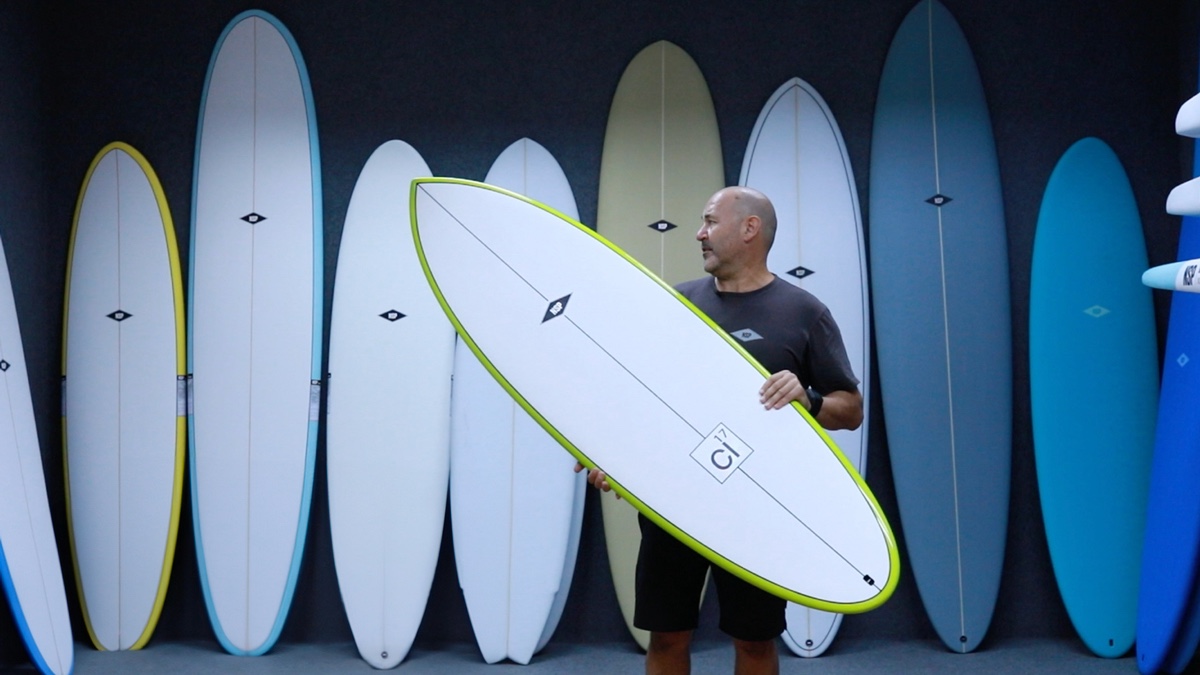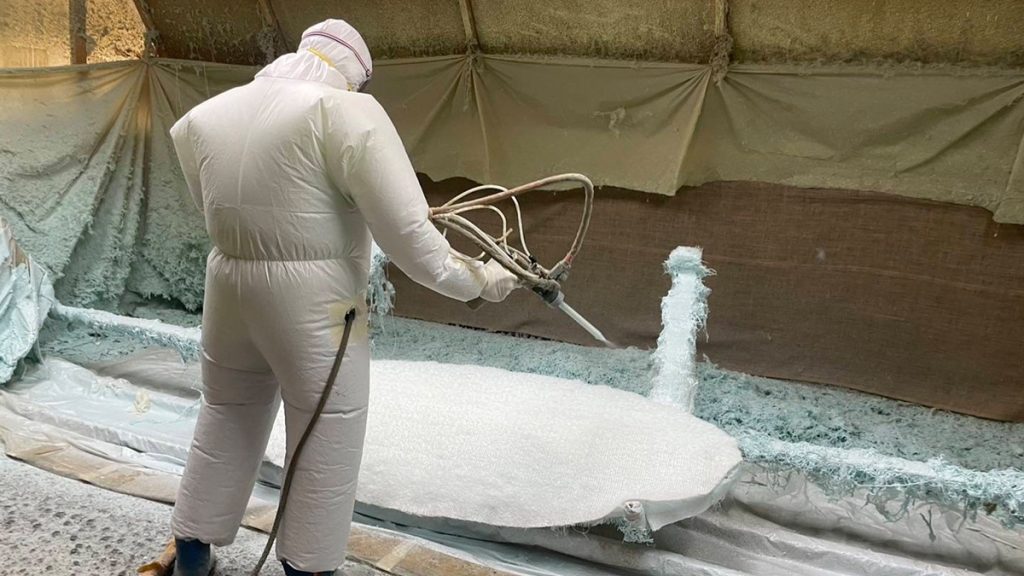NSP’s CI-17 construction joins the wave pool rental fleet party

Over the years, WavePoolMag has explored various surfboard builds designed to withstand the rigors of wave pools. Many operators say that the rental fleet downtime necessary to repair boards sacrifices both profit and affects the customer experience when fewer rental models are available.
Companies working this corner of the surfboard market include Firewire and their Volcanic lamination, XTR Epoxy, Lib Tech, Bell Surfing’s Full Carbon Bonding Technology and now NSP’s CI-17.
NSP, yes the makers of those ubiquitous durable epoxy surfboards seen on rental racks from Waikiki to Kuta, announced a new wave-pool focused surfboard technology. NSP in collaboration with Cobra International have launched the CI-17, a patent-pending build designed specifically for the wear and tear that surfboards encounter in a concrete environment.
The company says the CI-17 construction uses advanced composites and thermoforming with vacuum molding technology to tackle the challenges faced by surf park operators.
NSP said that pool operators told them that many boards fail under high-demand conditions and the company had set out to solve this problem. NSP CEO Trent Pedersen said the design underwent rigorous testing by their global team riders and at URBNSURF Melbourne.

“By integrating real-world feedback from team riders, coaches, staff, and customers, and leveraging the ‘Flowstate’ AI video, we accumulated thousands of hours of test data,” said Trent. “This data, combined with extensive lab testing at Cobra, resulted in groundbreaking technology that delivers higher ROI for operators, with reduced damage and downtime, and increased customer satisfaction.”
NSP Global Brand Manager Chris Chamberlain told WavePoolMag that the lab test process involved breaking and impacting boards, soaking boards in chlorine for months and “lots and lots of surfing and attempts to damage boards.” Chris added that they would then re-design and tweak the layup process every time something failed.
“A bit of a process and maybe not possible in many places but I think that’s why it’s different,” said Chris. “Even the manufacturing process looks nothing like a normal board. The finished product is unlike anything before. Previously, you had to choose between light and short-lived or strong, heavy, and unpopular. CI-17 changes that.”
Related Coverage
